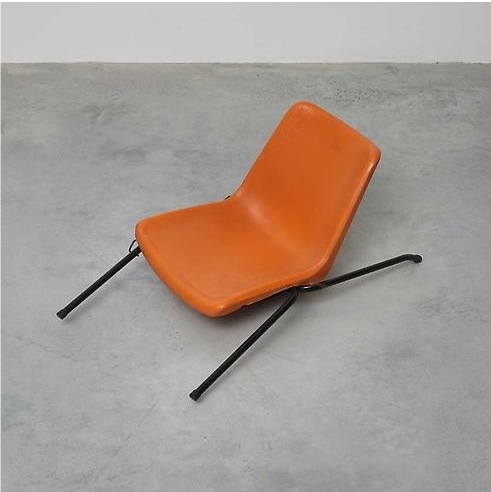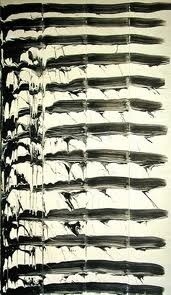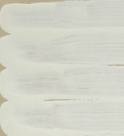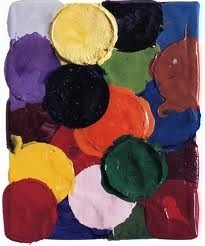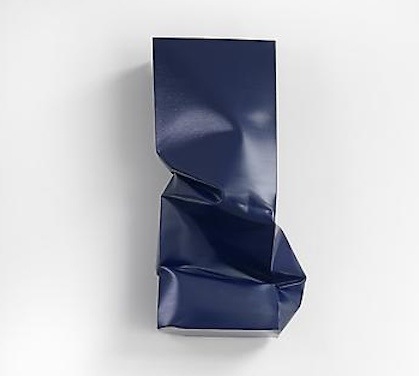
At the eleventh hour, I received a text, someone had cancelled, so did I want to come.
Breathtaking.
Angela’s studio in my mind would be large, airy, clean and with vast roominess. Instead, two small rooms are where she and her two assistants work. The space may be limited, but the work is certainly not.
In the two rooms we saw ‘Bloated’ an new series of works for an up coming Biennial. What a privilege. The forms take on the bodily proportions of angela, height and breadth, boxed almost coffin like in aluminium, beaten from inside until splitting, almost broken apart. They are made slowly and precisely according to Angela’s exacting instructions, and regularly scrutinised the returned for remaking. She keeps a close eye, watching, scrutinising,checking. Her assistant Will saw no threat in this, just the need for her to create precisely her own work. He described her work as enormously personal, her measurements, her feelings, her transforming since the stroke.
Her work bears weighty titles, such as Bloated, Deflated, Homeless, Scratch, Submerged and Flat. Her subjects are weighty too, often herself, her own ongoing recovery, but also as she talked, she referred to films (Misery), the tsunami, Bill Clinton and bodies of soldiers in Iraq. Her meaning is achieved simply and poetically, with a singularity of intention. Her works stand authoritatively, where the meanings are deeply imbued in the work, but not dominantly controlling them.
When asked, Angela declared all her work painting.
As she described the making of ‘Compressed’ the repeated beating of an aluminium box of exactly Angela’s measurements from above with a fork lift truck. Each work bends and buckles in a unique way, even though they all sustain the same attack, the response is unique, and resulting in luxurious distortions and buckles in its materiality. It is beaten until it reaches the height of Angela in her wheelchair. Beautiful and tragic. Yet she makes clear she does not want pity.
Pity? No, I think the only appropriate response is an enormous dose of respect.
